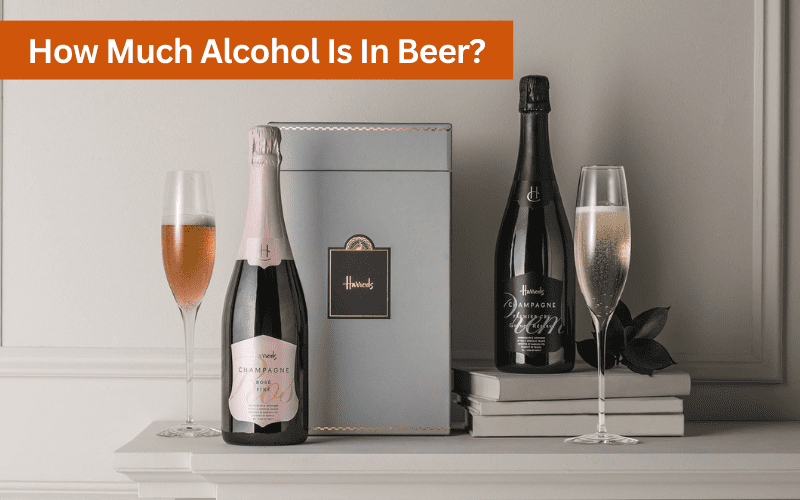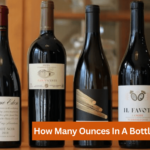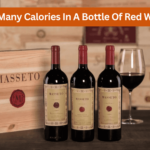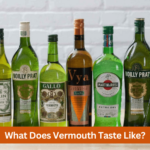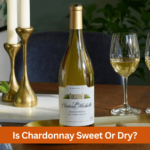Bubbles, elegance, and celebration – that’s what champagne represents to me. Whether it’s toasting to a new year, celebrating a milestone, or just enjoying a romantic evening, champagne always sets the mood. However, with the excitement of popping the cork and taking a sip, one question often comes to mind: how much alcohol is in champagne? As someone who enjoys a glass of bubbly every now and then, I was curious to find out the answer. After some research, I learned that understanding the alcohol content in champagne is essential, not only for responsible consumption but also for appreciating the drink. So, let’s dive into the details and discover how much alcohol is in champagne.
What is Champagne?
Champagne is a type of sparkling wine that is produced exclusively in the Champagne region of France using specific grape varieties and production methods. It is known for its carbonation and complex flavors, and is often associated with celebrations and special occasions.
What is Champagne Made of?
Champagne is made primarily of the following components:
- Grapes: Champagne is made from a blend of three grape varieties: Chardonnay, Pinot Noir, and Pinot Meunier. In some cases, other grape varieties may also be used.
- Yeast: Yeast is used during the fermentation process to convert sugar into alcohol and carbon dioxide, which creates the bubbles in champagne.
- Sugar: Sugar is added to the wine during the second fermentation process, which helps to create the carbonation and balance the acidity.
- Sulfites: Sulfites are added to champagne as a preservative to help prevent oxidation and maintain the wine’s flavor and aroma.
- Other additives: Some champagne producers may also add other additives, such as oak chips, to enhance the wine’s flavor and complexity.
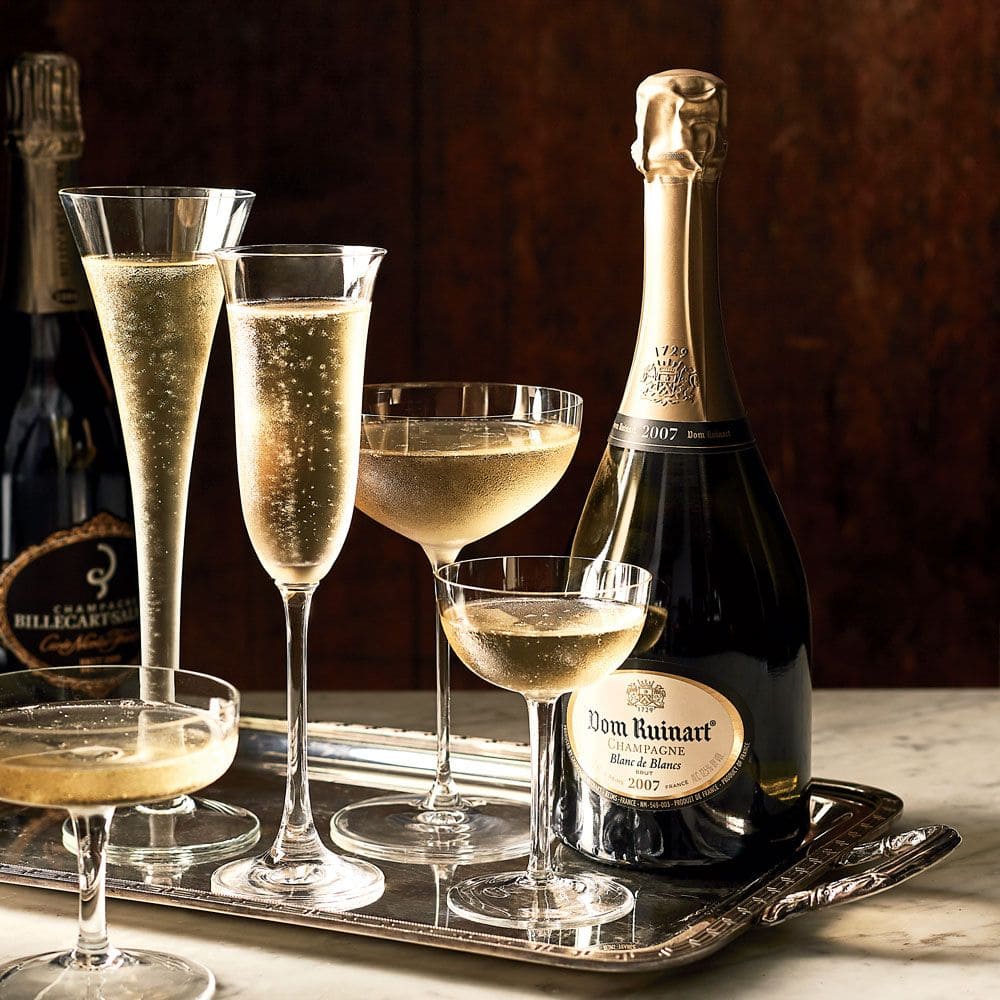
How Champagne is Made?
Champagne is made using a complex and highly regulated production process that involves the following steps:
- Harvesting: Champagne grapes are typically harvested by hand to ensure they are not damaged during the process.
- Pressing: The grapes are pressed to extract the juice, which is then separated into different batches based on quality.
- First fermentation: The juice is fermented using yeast, which converts the sugar in the juice into alcohol.
- Blending: Different batches of wine may be blended together to create a desired flavor profile.
- Second fermentation: Sugar and yeast are added to the wine, which is then bottled and sealed with a crown cap. The yeast consumes the sugar, producing carbon dioxide and alcohol, which is trapped in the bottle, creating the bubbles.
- Aging: The wine is aged for a minimum of 15 months, during which time it develops its characteristic flavor and aroma.
- Riddling: The bottles are placed in a rack and turned regularly to move the yeast sediment into the neck of the bottle.
- Disgorging: The neck of the bottle is frozen, and the frozen yeast sediment is removed from the bottle.
- Dosage: A mixture of wine and sugar, called the dosage, is added to the wine to balance the acidity and sweetness.
- Corking: The bottle is corked and wired shut to prevent the wine from escaping.
Champagne production is highly regulated, and only wines that are produced using specific grapes and methods within the Champagne region of France can legally be called “Champagne”.
Is Champagne contain Alcohol?
Yes, champagne contains alcohol. Champagne is a type of wine that undergoes a secondary fermentation process in the bottle, which produces carbon dioxide and alcohol. The alcohol content of champagne can vary depending on a number of factors, including the grape varieties used, the fermentation process, and the aging process.
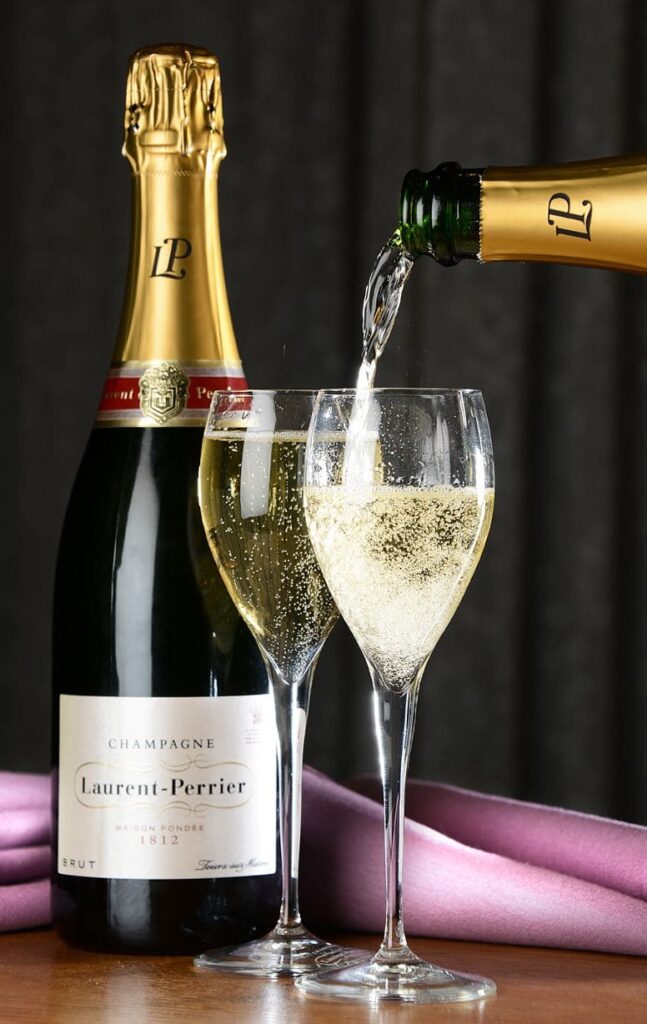
How Much Alcohol Does Champagne Have?
The alcohol content of champagne can vary, but on average, champagne contains around 12% alcohol by volume.
So, to answer the question of how much alcohol is in champagne, the typical answer would be 12%. However, the alcohol content of champagne can range from around 9% to 13%, depending on factors such as the grape varieties used, the fermentation process, and the aging process.
How much alcohol is in Korbel Champagne?
Korbel champagne typically contains around 12% alcohol by volume. This is a standard alcohol content for champagne and is similar to many other brands on the market. However, it’s important to note that the alcohol content of champagne can vary slightly depending on factors such as the grape varieties used and the fermentation process.
How much alcohol is in Belaire Champagne?
Belaire champagne, specifically Luc Belaire Rose, has an alcohol by volume (ABV) of 12.5%. This is slightly higher than the average alcohol content of champagne, which is typically around 12%. Belaire champagne is known for its fruity and floral flavors and is a popular choice for special occasions.
How much alcohol is in JC Le Roux Champagne?
JC Le Roux champagne has a lower alcohol content than many other champagnes, with a volume of 7.5%. This is significantly lower than the standard alcohol content of champagne, which is typically around 12%. JC Le Roux is known for its sweeter taste and is often enjoyed as a dessert wine.
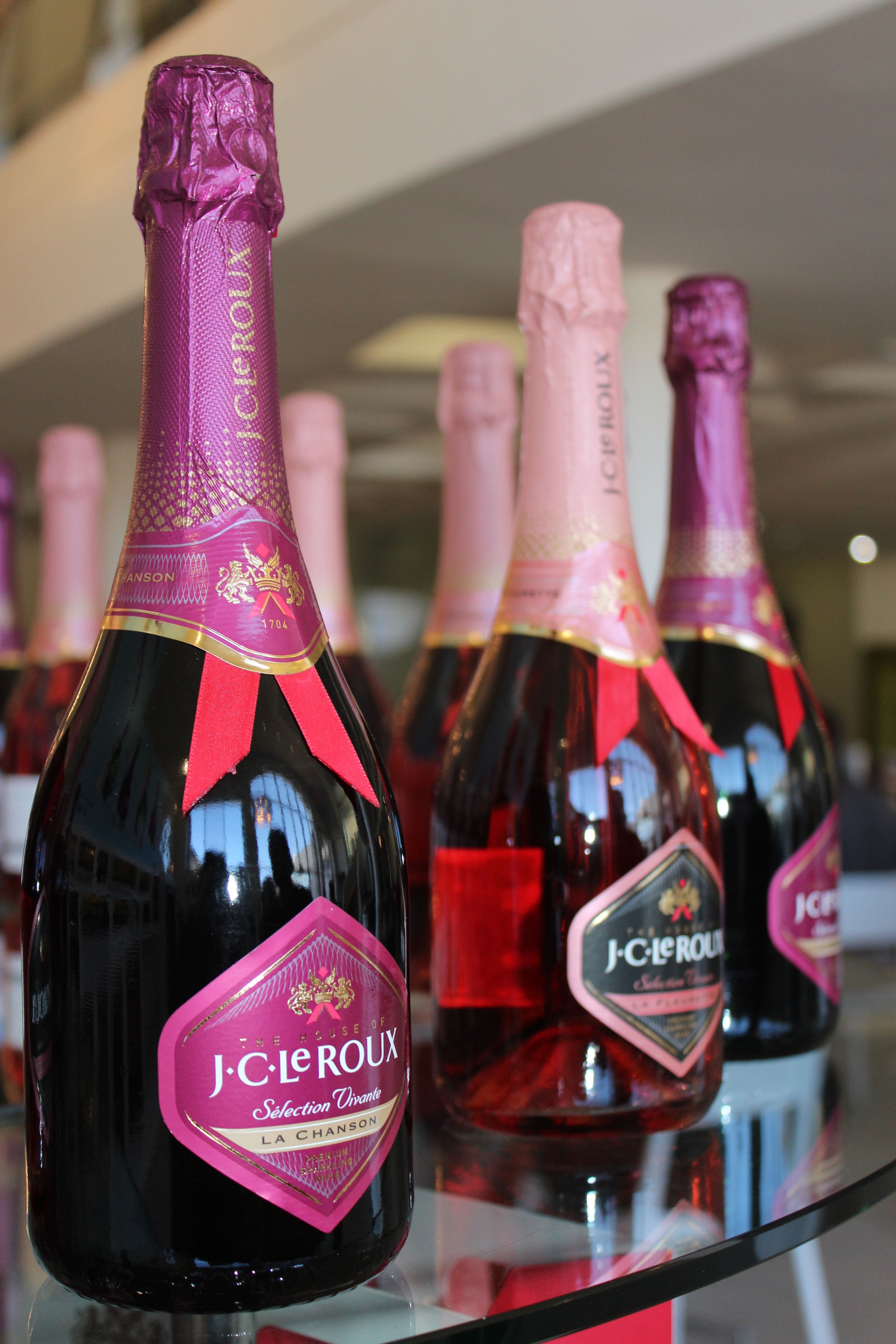
How much alcohol is in barefoot champagne?
How much alcohol is in champagne which is barefoot. Barefoot champagne typically contains around 10.5% alcohol by volume, which is slightly lower than the standard alcohol content of champagne. Barefoot is a popular brand of champagne known for its affordability and accessibility, making it a favorite for casual celebrations.
How much alcohol is in Pink Champagne?
Pink champagne, like other types of champagne, typically contains around 12% alcohol by volume. However, it’s important to note that pink champagne can be made from a variety of grape varieties, which can impact the alcohol content and flavor of the wine. Pink champagne is a popular choice for romantic occasions and is known for its light, fruity taste.
How much alcohol is in Moet Champagne?
Moet & Chandon Imperial Brut champagne has an alcohol content of 12%, which is consistent with the average alcohol content of champagne. Moet & Chandon is a well-known and respected champagne brand, known for its high quality and luxurious taste. The Imperial Brut is a popular choice for special occasions and celebrations.
Factors Affecting Champagne’s Alcohol Content
There are several factors that can impact the alcohol content of champagne, including:
- Grape variety: The grape varieties used to make champagne can impact the alcohol content of the wine. For example, Pinot Noir grapes typically have a higher sugar content than Chardonnay grapes, which can result in a higher alcohol content.
- Climate and weather conditions: The climate and weather conditions during the growing season can impact the sugar content of the grapes, which can in turn affect the alcohol content of the wine.
- Fermentation process: The fermentation process plays a critical role in determining the alcohol content of champagne. Longer fermentation times can result in a higher alcohol content, while shorter fermentation times can result in a lower alcohol content.
- Age of the champagne: The age of the champagne can also impact its alcohol content. As champagne ages, the alcohol content can decrease slightly due to evaporation.
- Blending: Champagne producers may blend wines from different vintages and grape varieties to achieve a desired flavor profile. This can impact the alcohol content of the final blend.
How Much Champagne is a Standard Drink?
A standard drink of champagne is approximately 5 US fluid ounces (150 milliliters). This is the typical serving size for a glass of champagne, and contains roughly one standard drink of alcohol.
You should note that the alcohol content of the champagne can vary, so the actual amount of alcohol in a standard serving may also vary slightly depending on the specific brand and type of champagne.
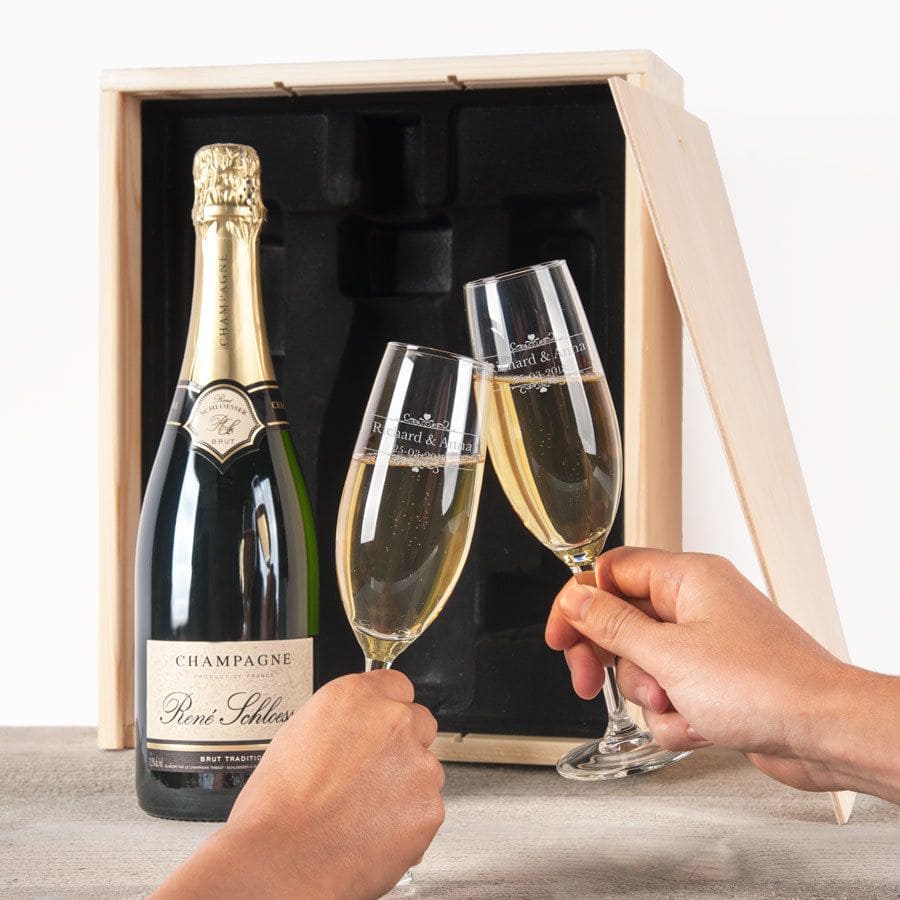
What is the Alcohol in Champagne?
The alcohol in champagne is ethanol, which is the same type of alcohol found in other alcoholic beverages such as wine, beer, and spirits.
During the fermentation process, yeast consumes the natural sugars in the grape juice and converts them into alcohol and carbon dioxide. The resulting alcohol content in champagne can vary, but on average, champagne typically contains around 12% alcohol by volume.
How Many Calories Are in a Glass of Champagne?
Compared to red and white wine, champagne contains fewer calories. A typical glass of champagne contains approximately 80 calories, which is significantly less than a glass of wine that can have up to 120 calories. This makes champagne a more diet-friendly option for those looking to enjoy an alcoholic beverage without consuming excessive amounts of calories.
How Many Drinks in a Bottle of Champagne?
A standard 750ml bottle of champagne contains approximately six full glasses of champagne. This means that there are six servings or six standard drinks of champagne in a single bottle.
However, it’s important to keep in mind that the size of the serving and the alcohol content of the specific champagne can impact the actual number of drinks per bottle.
How Many Glasses of Champagne Can I Drink and Drive?
It is never safe to drink and drive, regardless of the type or amount of alcohol consumed. In many countries, including the United States, the legal blood alcohol concentration (BAC) limit for drivers is 0.08%, which can be reached with as little as one to two servings of champagne, depending on factors such as body weight and metabolism. It’s better to prioritize safety and make alternative transportation arrangements if planning to consume alcohol.
Can Champagne Get You Drunk?
Yes, champagne can get you drunk if consumed in sufficient quantity. Champagne, like any other alcoholic beverage, contains ethanol, which is a psychoactive substance that can cause intoxication when consumed in large amounts.
How Much Champagne to Get Drunk?
Based on the alcohol content of champagne and the typical serving size, it generally takes around 2 standard servings of champagne to get you drunk. However, it’s important to remember that everyone’s tolerance for alcohol is different, and factors such as body weight, age, and gender can all impact how alcohol affects you.
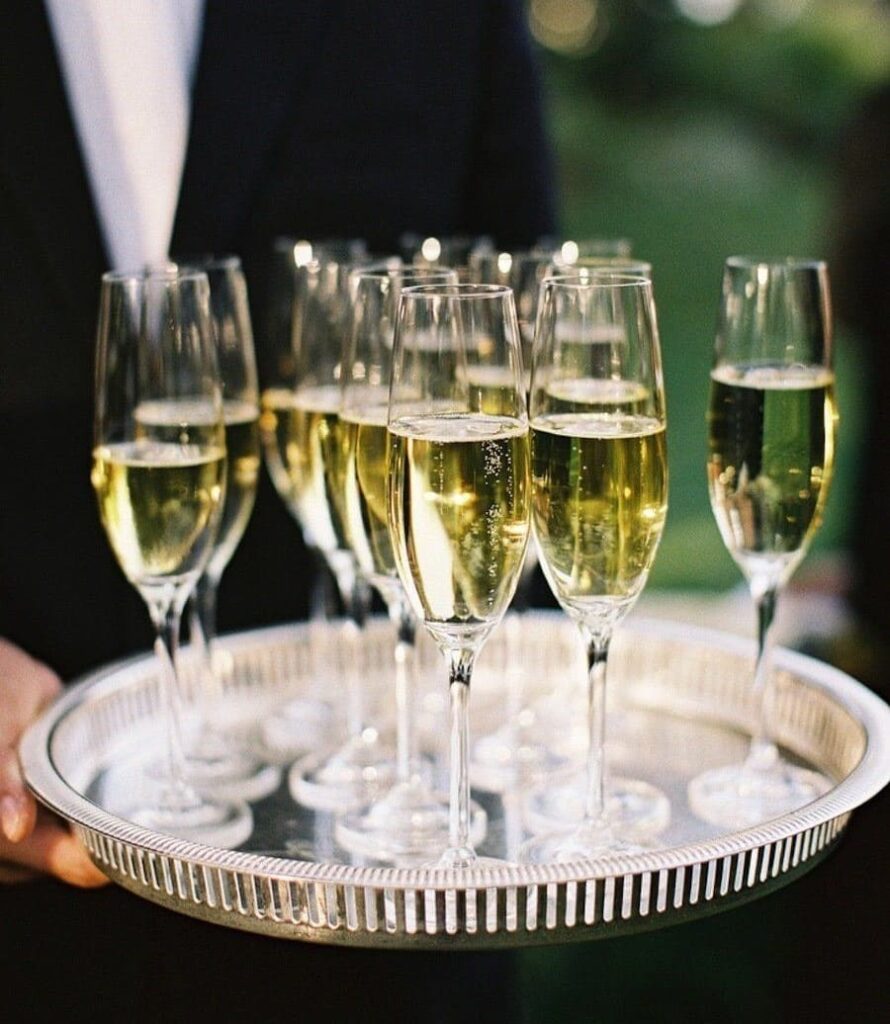
How Much Alcohol is in Champagne Compared to Other Drinks?
Champagne typically contains around 12% alcohol by volume, which is similar to the alcohol content of many other types of wine. However, the alcohol content of champagne can vary depending on a number of factors. Here’s a comparison of the alcohol content in champagne to other popular alcoholic drinks:
Champagne vs. beer
How much alcohol is in champagne compared to beer? The alcohol content of beer can vary depending on the type and brand, but on average, it typically contains around 4-6% alcohol by volume. This is significantly lower than the alcohol content of champagne, which is typically around 12%.
Champagne vs. wine
Wine can also vary in alcohol content depending on the type and brand, but on average, it typically contains around 11-15% alcohol by volume. This is similar to the alcohol content of champagne, although some types of wine, such as fortified wines, can contain much higher levels of alcohol.
Champagne vs. vodka
Vodka is a distilled spirit that typically contains around 40% alcohol by volume. This is much higher than the alcohol content of champagne, and as a result, a smaller serving size is typically consumed.
Champagne vs. sparkling wine
Sparkling wine is similar to champagne, but is produced using different grape varieties and production methods. The alcohol content of sparkling wine can vary depending on the type and brand, but on average, it typically contains around 11-13% alcohol by volume. This is similar to the alcohol content of champagne, although some types of sparkling wine may contain slightly less alcohol.
Types of lower ABV drinks than champagne
- Light beer – typically around 4% ABV
- Wine spritzers – typically around 5-6% ABV
- Hard seltzer – typically around 5% ABV
- Kombucha – typically around 0.5-1% ABV
- Non-alcoholic beer – typically less than 0.5% ABV
Types of higher ABV drinks than champagne
- Brandy – typically around 35-60% ABV
- Whiskey – typically around 40-50% ABV
- Rum – typically around 40% ABV
- Tequila – typically around 40% ABV
- Gin – typically around 40-47% ABV
Does All Champagne Have Alcohol?
Champagne is an alcoholic beverage and contains alcohol. However, it is possible to find non-alcoholic versions of champagne or champagne-style drinks that are made without alcohol.
These drinks are typically marketed as “non-alcoholic champagne” or “sparkling grape juice” and are made using grape juice or other fruit juices instead of wine.
Non-alcoholic champagne may be a good option for those who do not consume alcohol or who want to enjoy the celebratory feel of champagne without the intoxicating effects.
But, non-alcoholic champagne is not the same as traditional champagne and may have a different flavor profile and mouthfeel.
Is Champagne More Alcoholic Than Beer, Wine and Vodka?
Champagne typically contains around 12% alcohol by volume, which is similar to the alcohol content of many wines.
However, the alcohol content of champagne is generally higher than that of beer, which typically ranges from 4-6% alcohol by volume.
Vodka, on the other hand, typically has a higher alcohol content than champagne, with an average alcohol by volume of around 40%.
The Effects of Alcohol in Champagne
Like any alcoholic beverage, the effects of alcohol in champagne can vary depending on factors such as the alcohol content, serving size, and individual tolerance. Here are some of the general effects of alcohol in champagne:
- Intoxication: Consuming too much champagne or any other alcoholic beverage can lead to intoxication, which can cause impaired judgment, coordination, and reflexes. This can increase the risk of accidents, injuries, and other negative outcomes.
- Dehydration: Alcohol is a diuretic, which means it can increase urine production and lead to dehydration. This is why it’s important to drink plenty of water and other non-alcoholic beverages when consuming champagne or any other alcoholic beverage.
- Hangovers: Overconsumption of champagne can also lead to a hangover, which can cause symptoms such as headaches, nausea, and fatigue. This is because alcohol can irritate the lining of the stomach, cause inflammation in the body, and disrupt sleep patterns.
- Increased heart rate: Consuming alcohol can increase heart rate, which can lead to an irregular heartbeat and other cardiovascular issues over time.
- Negative interactions with medications: Drinking champagne or any other alcoholic beverage can also have negative interactions with certain medications, such as painkillers, antidepressants, and antibiotics.
It’s necessary to drink champagne and other alcoholic beverages in moderation, and to prioritize safety and responsibility when consuming alcohol.
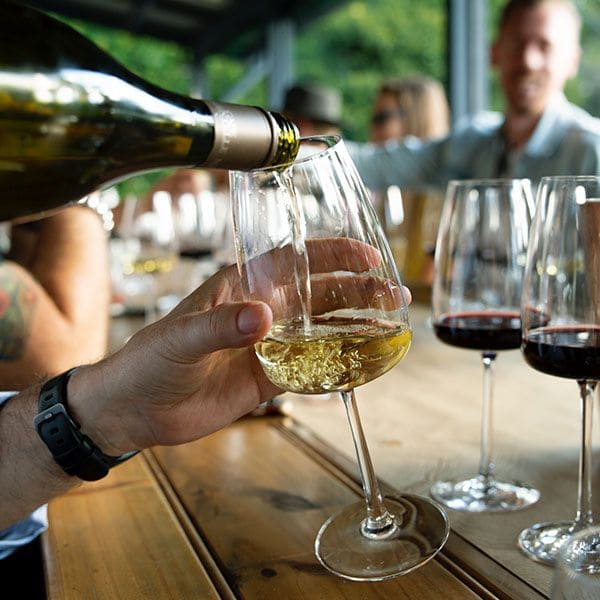
How to Consume Champagne Responsibly
Here are some tips for consuming champagne responsibly:
- Drink in moderation: Champagne, like any alcoholic beverage, should be consumed in moderation. The recommended maximum amount of alcohol for healthy adults is up to one drink per day for women and up to two drinks per day for men.
- Stay hydrated: Alcohol can dehydrate the body, so it’s important to drink plenty of water and other non-alcoholic beverages while consuming champagne.
- Don’t drink and drive: It’s never safe to drink and drive, so make alternative transportation arrangements if planning to consume alcohol.
- Don’t mix alcohol with medications: Alcohol can have negative interactions with certain medications, so it’s important to talk to a healthcare provider before drinking champagne or any other alcoholic beverage while taking medications.
- Know your limits: Everyone’s tolerance for alcohol is different, so it’s important to know your limits and to stop drinking if you feel intoxicated.
- Enjoy responsibly: Finally, remember that champagne is meant to be enjoyed as a special occasion or celebratory beverage. Savor the taste and enjoy the moment, but do so responsibly and in moderation.
How to Choose Champagne Based on Alcohol Content
If you’re looking to choose champagne based on alcohol content, here are some tips:
- Check the label: The alcohol content of champagne is usually listed on the label, typically as a percentage of alcohol by volume (ABV). Look for bottles that have an ABV that aligns with your preferences and tolerance for alcohol.
- Consider your occasion: The occasion can also play a role in selecting champagne. For example, if you’re hosting a formal dinner, you may want to choose a champagne with a lower alcohol content, as this can be easier to pair with different foods and won’t overpower the meal.
- Experiment with different brands and types: The alcohol content of champagne can vary depending on the specific brand and type, so it can be helpful to experiment with different varieties to find the one that best suits your preferences.
- Consider your serving size: The amount of champagne you consume can also impact the overall alcohol content of your drink. Consider pouring smaller servings to help keep your alcohol intake in check.
- Drink responsibly: Remember to always drink responsibly and in moderation, regardless of the alcohol content of your champagne. Savor the taste and enjoy the occasion, but be mindful of your alcohol consumption to avoid negative effects.
How to Store Champagne
Proper storage is important to maintain the quality and taste of champagne. Here are some tips on how to store champagne:
- Store in a cool, dark place: Champagne should be stored in a cool, dark place, away from direct light and heat. Exposure to light and heat can cause the wine to age prematurely and spoil the flavor.
- Store horizontally: Champagne bottles should be stored horizontally, rather than upright. This helps keep the cork moist and prevents it from drying out and allowing air into the bottle.
- Keep the temperature consistent: Temperature fluctuations can also affect the quality of champagne. Aim to store champagne at a consistent temperature of around 50-55°F (10-13°C) to maintain the best flavor.
- Avoid agitation: Agitation can cause the bubbles in champagne to dissipate and affect the overall taste. Store champagne bottles in a location where they won’t be bumped or shaken.
- Store for short term: Champagne is best consumed within a few years of purchase. It’s not typically recommended to store champagne for long periods of time, as it can start to lose its flavor and quality.
By following these tips, you can help ensure that your champagne remains fresh and enjoyable for as long as possible.
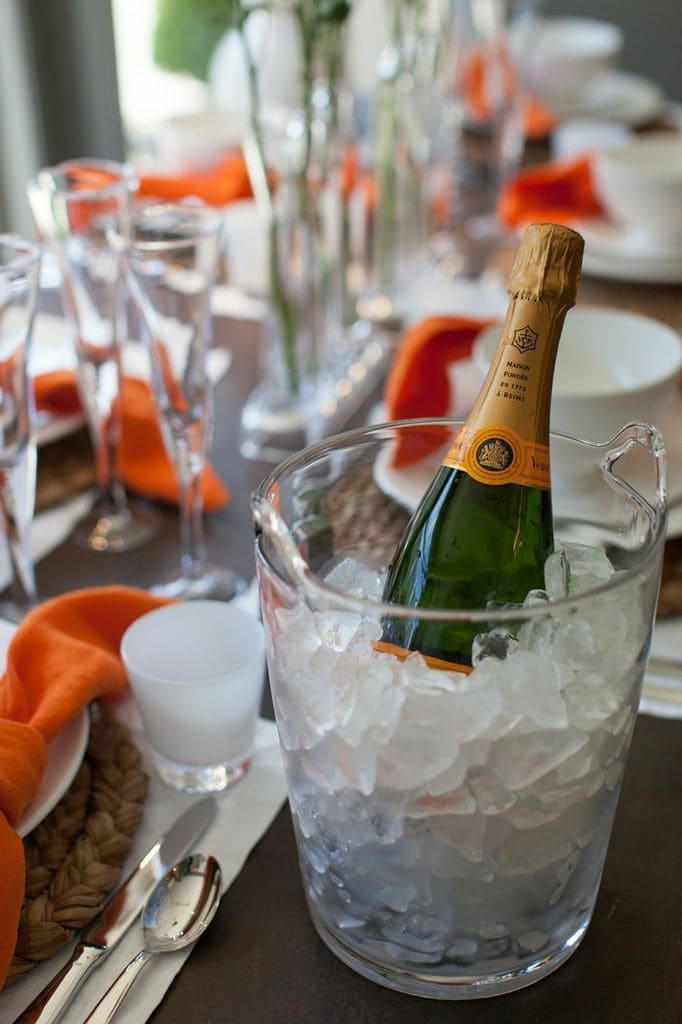
How to Serve Champagne
Serving champagne properly can help enhance its flavor and aroma. Here are some tips on how to serve champagne:
- Chill the bottle: Champagne should be served cold, ideally between 45-50°F (7-10°C). Chill the bottle in the refrigerator for at least two hours before serving, or in a bucket of ice for 30 minutes.
- Remove the foil and loosen the wire cage: Remove the foil from the top of the bottle and loosen the wire cage around the cork, but do not remove it yet.
- Open the bottle: Hold the bottle at a 45-degree angle and twist the cork gently to release it from the bottle. You should hear a soft “pop” sound as the cork is released. Be careful when opening the bottle, as the pressure can cause the cork to fly out quickly.
- Pour into a flute: Pour the champagne into a tall, narrow flute glass, filling it about two-thirds full. This will help preserve the bubbles and aroma of the champagne.
- Serve immediately: Champagne should be served immediately after opening to preserve its flavor and carbonation. If you’re serving multiple glasses, pour them individually rather than filling all glasses at once.
FAQs
Is champagne the strongest alcohol?
No, champagne is not the strongest alcohol. It typically contains around 12% alcohol by volume (ABV), which is similar to many wines. Stronger alcohols include spirits like whiskey, vodka, and rum, which typically have an ABV of 40% or higher.
How much champagne equals a beer?
One 12-ounce (355 mL) beer typically contains around 5% alcohol by volume (ABV), while one 5-ounce (150 mL) serving of champagne typically contains around 12% ABV. This means that one glass of champagne is roughly equivalent to two and a half beers in terms of alcohol content.
How much alcohol in champagne truffles?
Champagne truffles are a type of chocolate truffle that contains a small amount of champagne. However, the alcohol content in champagne truffles is typically very low and unlikely to have any significant intoxicating effects. The exact amount of alcohol in champagne truffles can vary depending on the recipe and the specific brand or type of truffle.
How much is non alcoholic champagne?
The price of non-alcoholic champagne can vary depending on the brand and the retailer. In general, non-alcoholic champagne is typically less expensive than traditional champagne, with prices ranging from around $10 to $30 per bottle. However, some higher-end brands may charge more for their non-alcoholic champagne or sparkling grape juice products.
Why does champagne make you so drunk?
Champagne, like any alcoholic beverage, contains ethanol, which is a psychoactive substance that can cause feelings of intoxication. The high alcohol content in champagne, combined with the effervescence and celebratory nature of the drink, can contribute to a feeling of increased intoxication.
Why do I feel dizzy after drinking champagne?
Dizziness or lightheadedness after drinking champagne could be a sign of intoxication or dehydration. It could also be a result of the carbonation in the champagne, which can cause a feeling of bloating or discomfort in some people.
Can one glass of champagne give you a headache?
Headaches after drinking champagne or other alcoholic beverages can be caused by a variety of factors, including dehydration, histamines, and sulfites. Some people may be more prone to headaches after drinking champagne due to the presence of these compounds.
Is champagne better for you than other alcohol?
While champagne contains antioxidants and other beneficial compounds, there is no evidence to suggest that it is inherently “better” for you than other types of alcohol. Consuming any alcoholic beverage in moderation can have potential health benefits, but excessive drinking can have negative effects on health.
Is champagne easier on the liver?
Champagne, like any alcoholic beverage, is processed by the liver. While champagne may be less likely to cause liver damage than other types of alcohol when consumed in moderation, excessive drinking can still have negative effects on liver health.
Is 2 glasses of champagne a day ok?
Healthy individuals can drink moderately. Healthy individuals should consume no more than one drink per day for women and two for males. However, alcohol tolerance varies, and binge drinking can harm your health. If you’re drinking two glasses of champagne a day, be responsible.
Conclusion
In conclusion, the question of how much alcohol is in champagne is a crucial one, especially for those who enjoy drinking it. Through my personal experience and research, I have come to appreciate the significance of understanding the alcohol content in champagne. It not only helps to ensure responsible consumption but also affects the taste and food pairing options. Therefore, whether you are a champagne enthusiast or just curious, taking the time to learn about the alcohol content and its implications can enhance your overall champagne experience. So, next time you pop open a bottle of champagne, take a moment to appreciate and savor it, knowing that you have a better understanding of what is in your glass. Cheers!
I’m Chen Mina, from Vol de Nuit, who has a special passion for bartending, especially mixing wine, beer, and cooktail. Here you will find content about alcoholic beverages, I will bring you knowledge that few people know about this drink.

